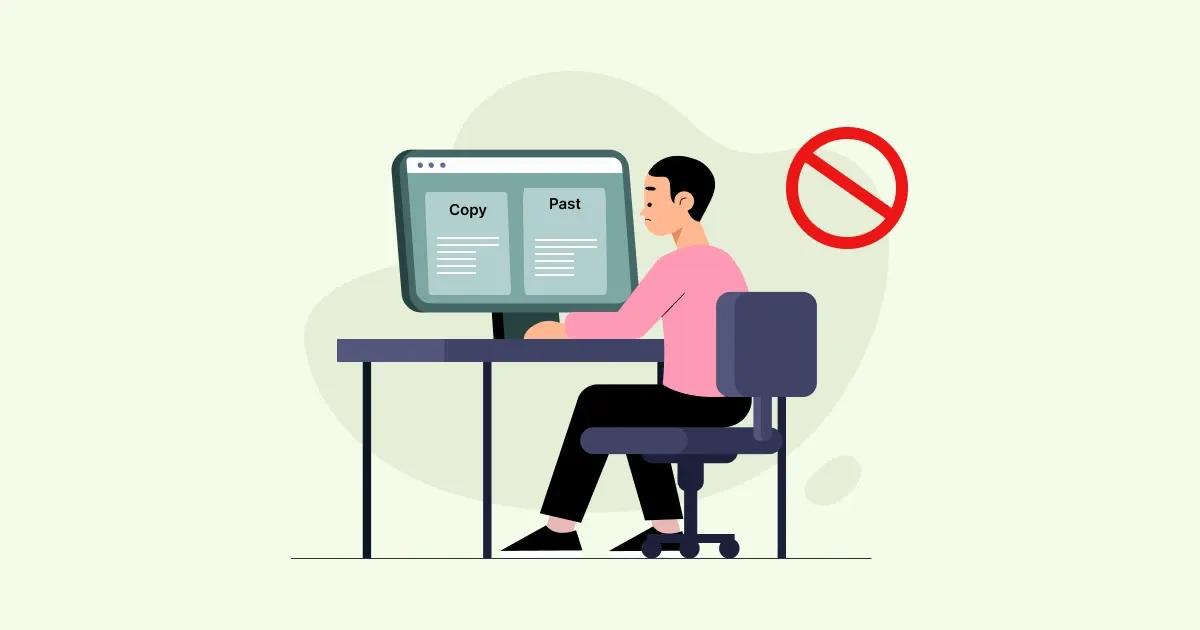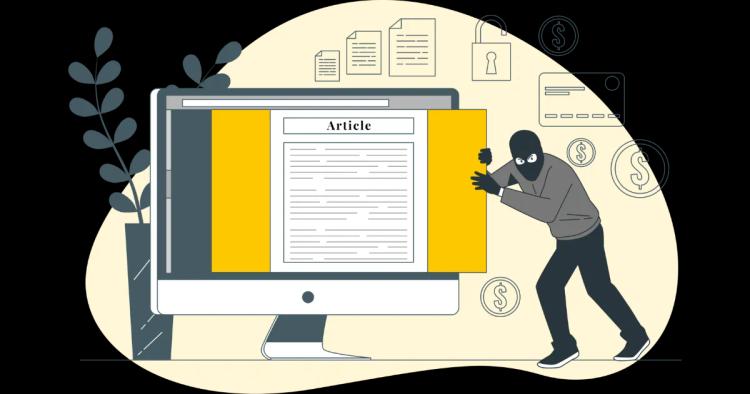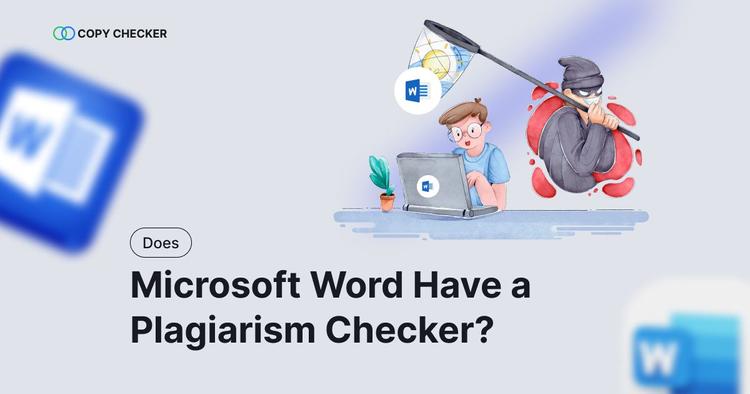Self-plagiarism is tricky. Many writers think, It’s my text—why not reuse it? But yes, you can plagiarize yourself if you copy your old work and act like it’s brand new. Self-plagiarism causes a lot of doubt for writers at every level.
Many students, researchers, and bloggers fall into the trap of self-plagiarism. It feels harmless because the words are yours, but it can mislead readers, break trust, and cause problems with teachers or publishers.
The good news is that it’s easy to fix with simple habits: cite yourself, summarize instead of copying, and be clear about reuse. This article walks you through what counts as self-plagiarism, why it matters, and how to stay safe.

Definition of Self-Plagiarism
Self-plagiarism happens when you reuse your own old work without saying it was used before.
It means presenting old text, ideas, or structure as if it is brand new.
This is a problem in both academic writing and professional content because it reduces originality.
Why is Self-Plagiarism a Problem?
-
Misleads readers: Your teacher, publisher, or audience may think the content is new.
-
Breaks trust: Academic honesty requires transparency.
-
Hurts credibility: Universities and publishers can reject or penalize repeated work.
-
Blocks creativity: Instead of developing new ideas, the writer repeats the old ones.
Tip: Using a plagiarism checker like CopyChecker can help you catch repeated text before you submit or publish.
ᴀᴅᴠᴇʀᴛɪsᴇᴍᴇɴᴛ
Common Examples of Self-Plagiarism
Here are the most common ways writers self-plagiarize:
-
Submitting the same paper twice – handing in an old essay for a new assignment.
-
Copying sections of a past work – reusing paragraphs or ideas without citation.
-
Republishing old articles – posting the same blog or research paper on another platform as if it’s new.
-
Reusing structure – copying the outline or framework of a past work.

Self-Plagiarism vs. Regular Plagiarism
-
Plagiarism → Copying someone else’s work without credit.
-
Self-Plagiarism → Copying your own past work without saying it was used before.
Both are considered unethical because they hide the truth about originality.
If you want to explore other types of plagiarism, read the detailed guide about different Types of Plagiarism.
Consequences of Self-Plagiarism
-
Academic penalties: Warnings, grade deductions, or even expulsion.
-
Publisher rejection: Journals can blacklist authors who repeat content.
-
Loss of trust: Readers and peers may question your integrity.
Direct plagiarism is more harmful than self-plagiarism. Learn more about direct plagiarism to avoid it and stay safe.
How to Avoid Self-Plagiarism
-
Always cite your past work if you reuse parts of it.
-
Write fresh explanations instead of copy-pasting.
-
Keep a record of your old submissions.
-
Use plagiarism tools like CopyChecker to scan your drafts.

FAQs About Self-Plagiarism
1. Is self-plagiarism really wrong?
Yes. Even if the words are yours, reusing them without mention breaks the rule of originality.
2. Can I reuse my ideas?
Yes, but you should cite your earlier work and explain how your new work adds value.
3. How do I check for self-plagiarism?
Upload your documents into CopyChecker and compare. It will highlight repeated sections.
4. Is self-plagiarism the same as direct plagiarism?
No. Direct plagiarism is copying others’ work. Self-plagiarism is reusing your own old work.
ᴀᴅᴠᴇʀᴛɪsᴇᴍᴇɴᴛ
Key Takeaways
-
What it is: Self-plagiarism is reusing your past work and presenting it as new.
-
When it’s risky: Assignments, journal submissions, client work, and blog posts that promise “original” content.
-
When it’s okay: If reuse is clearly labeled, cited, and adds new value (updates, new data, fresh analysis).
-
What to do instead of copy-paste: Summarize, rewrite in fresh words, and link to the original piece.
-
How to stay safe: Keep notes of what you’ve published, cite yourself when reusing, and run a quick scan with a plagiarism checker before you submit.







